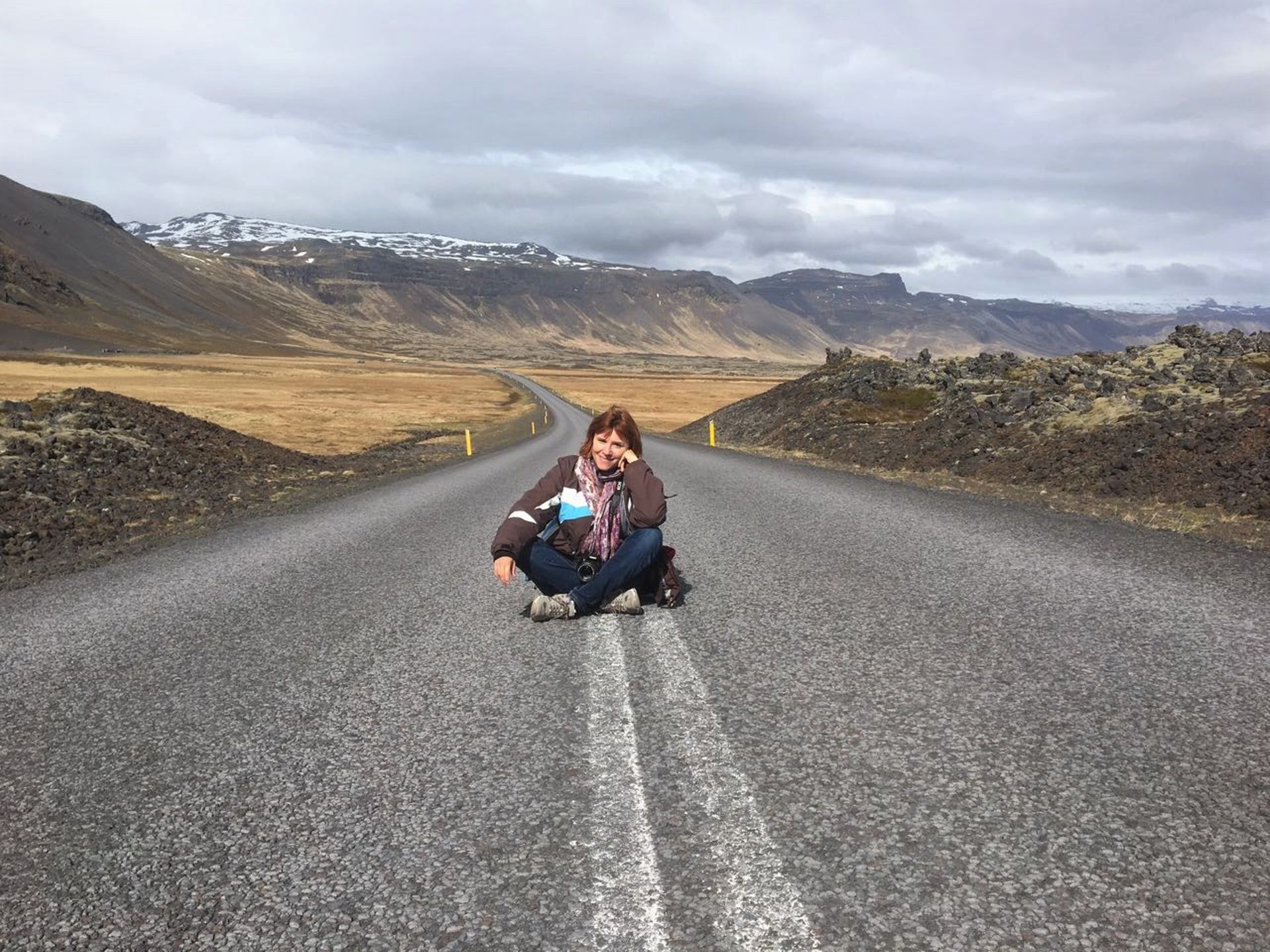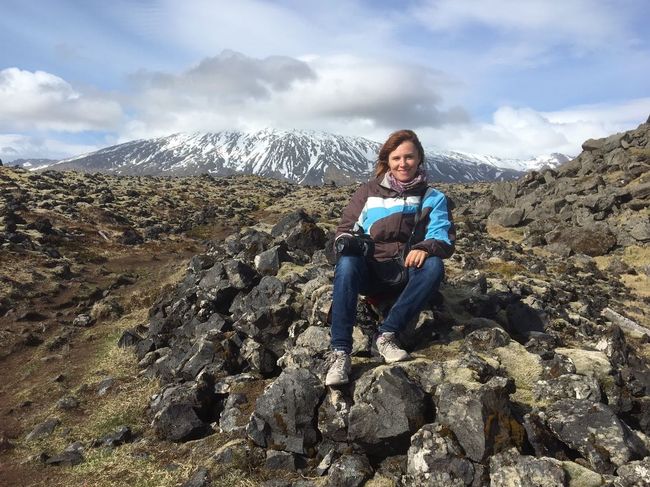Vibrant Marrakesh
প্ৰকাশিত: 03.04.2019
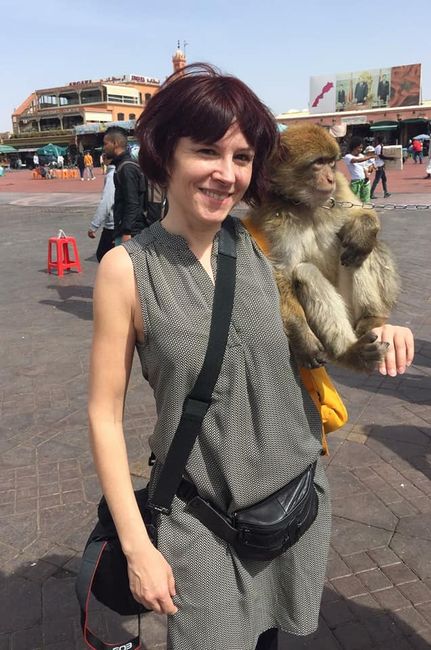
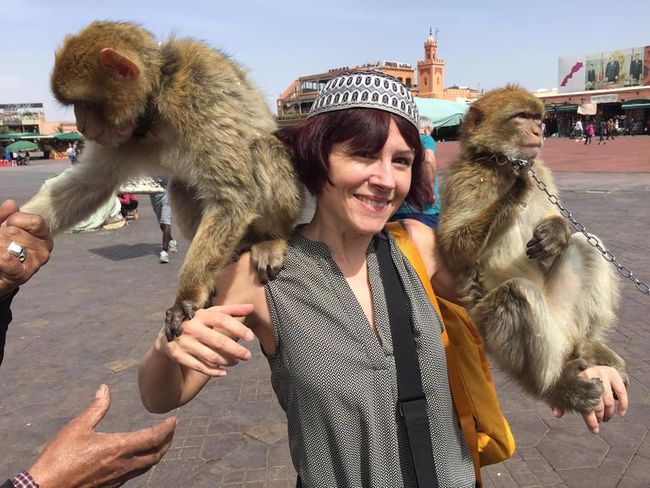
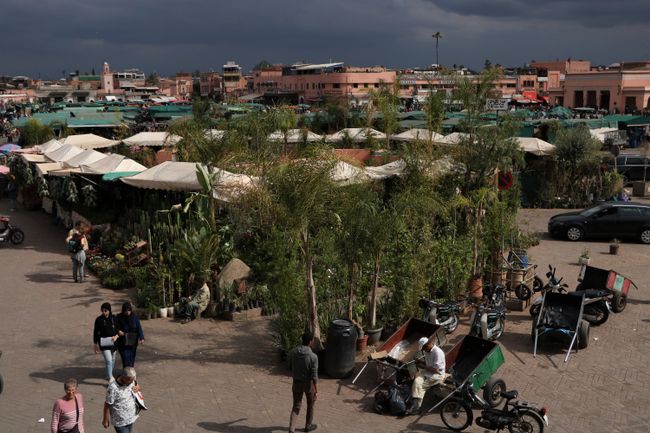
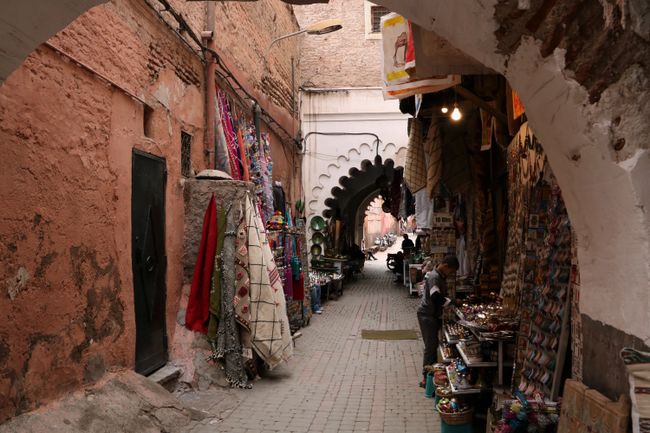
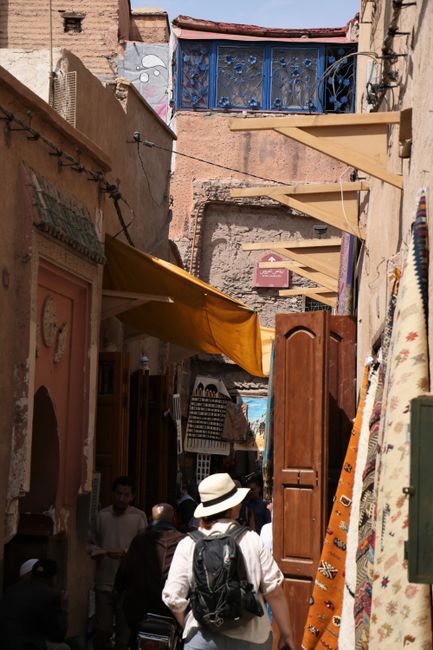
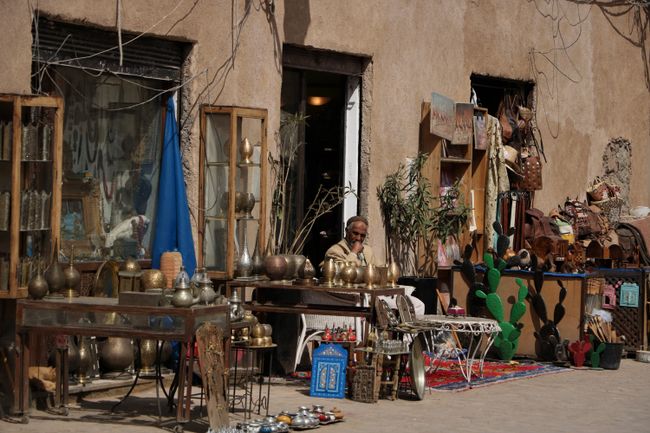
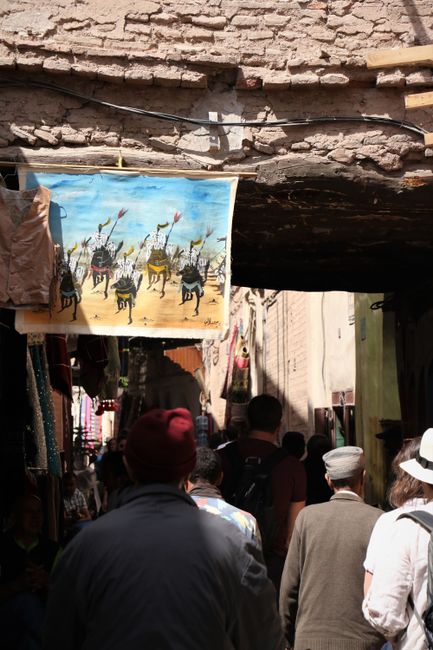
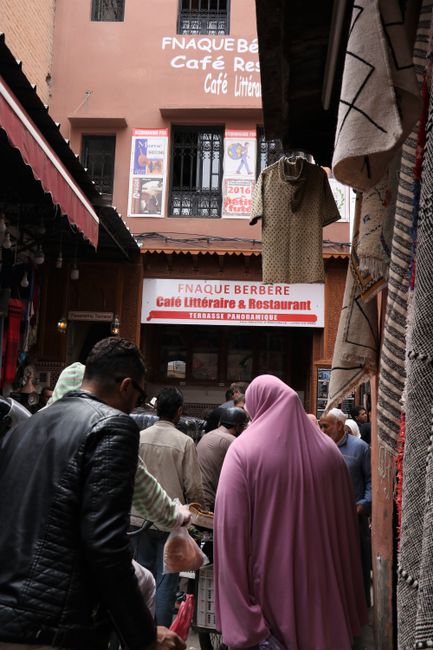
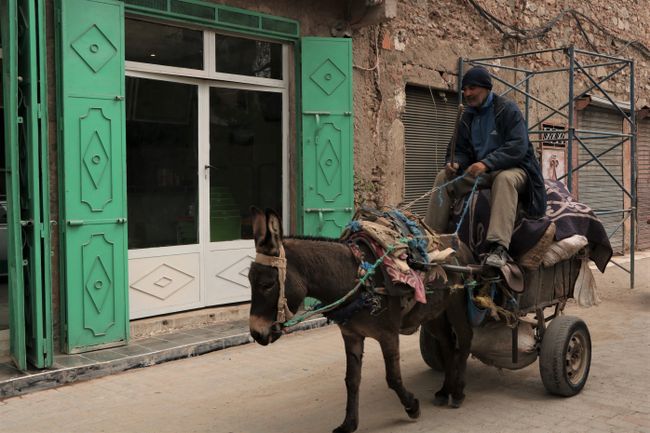
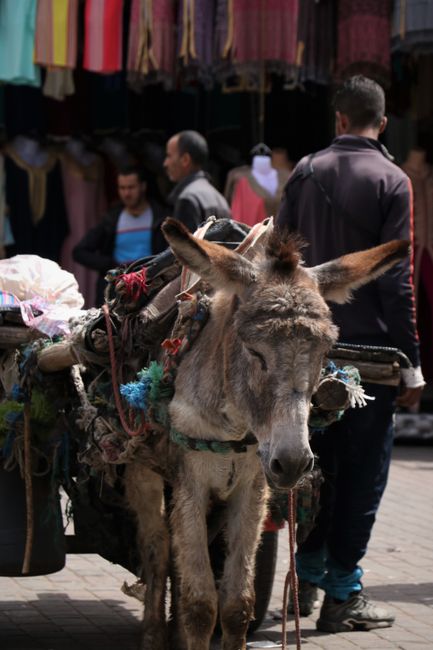
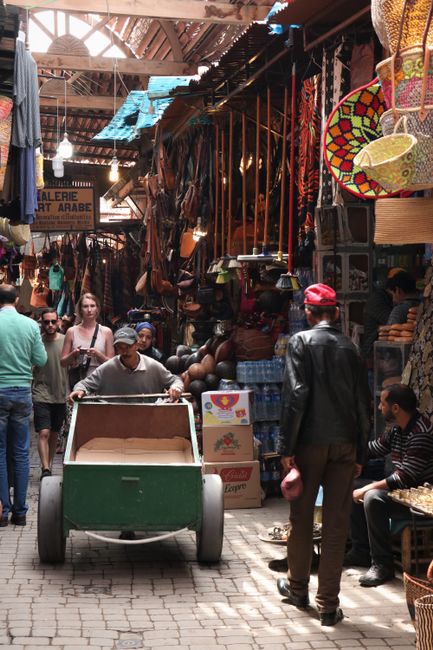
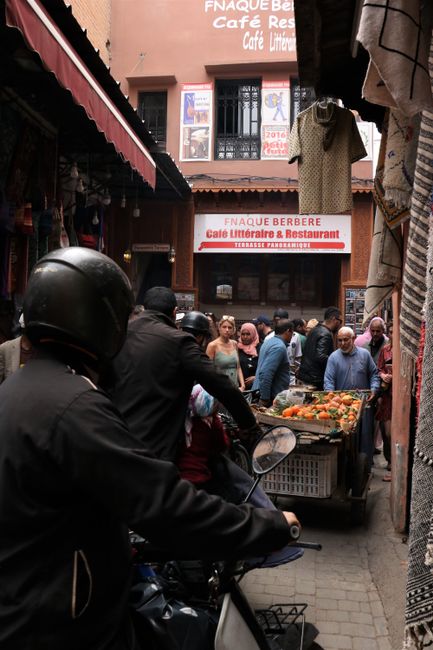
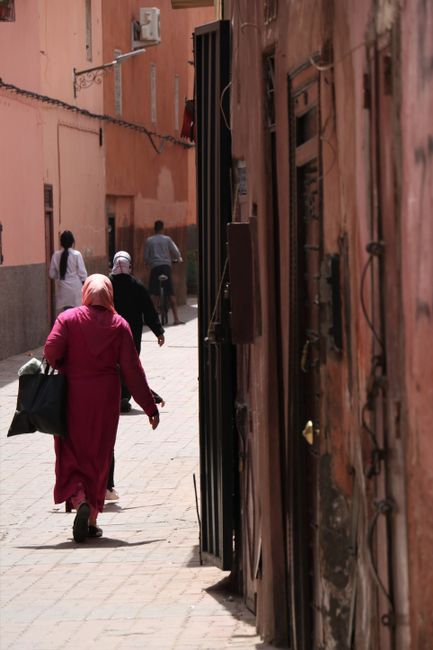
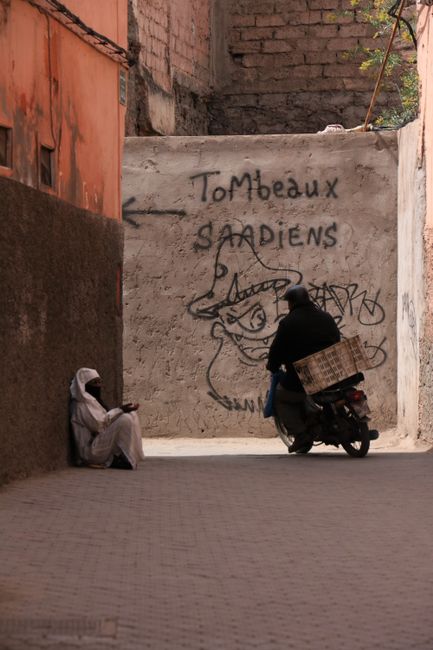
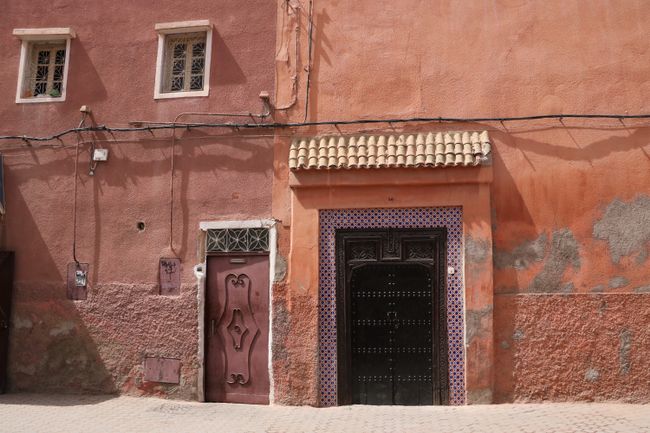
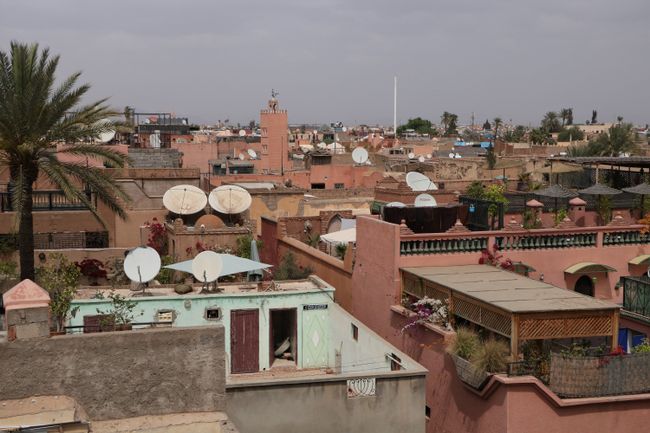
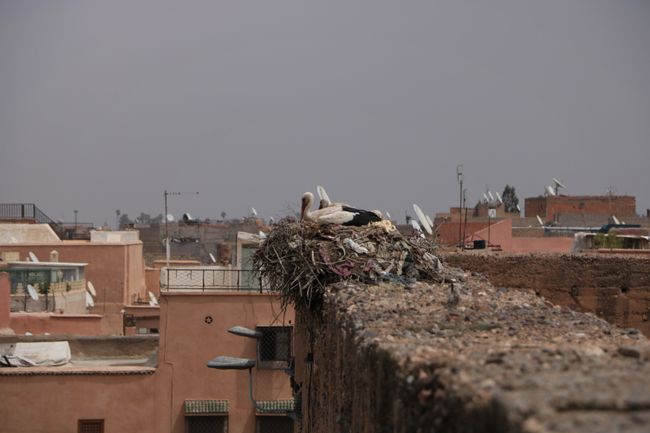
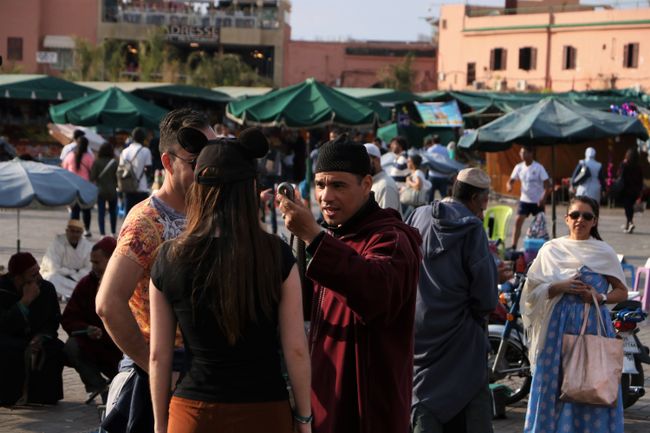
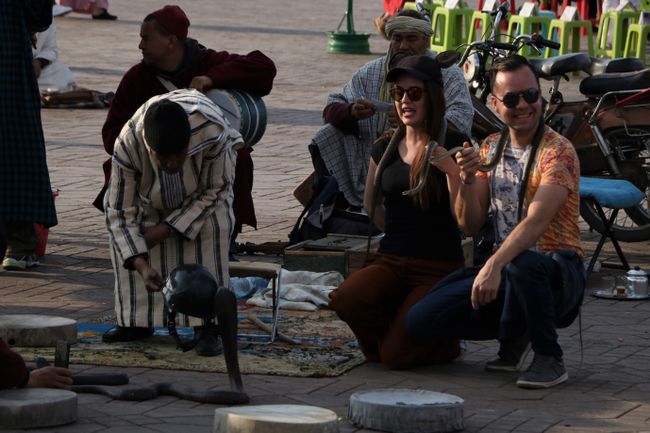
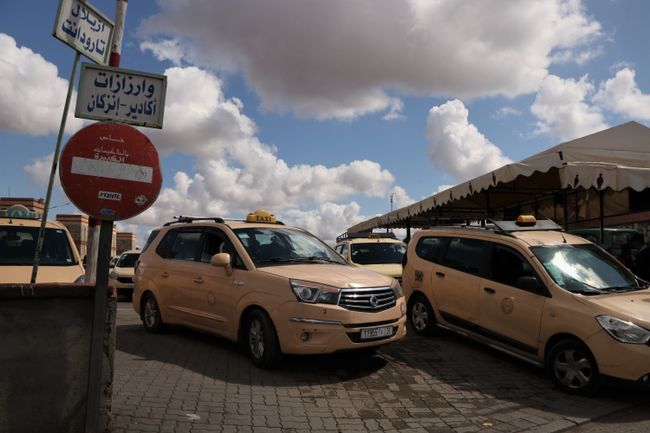
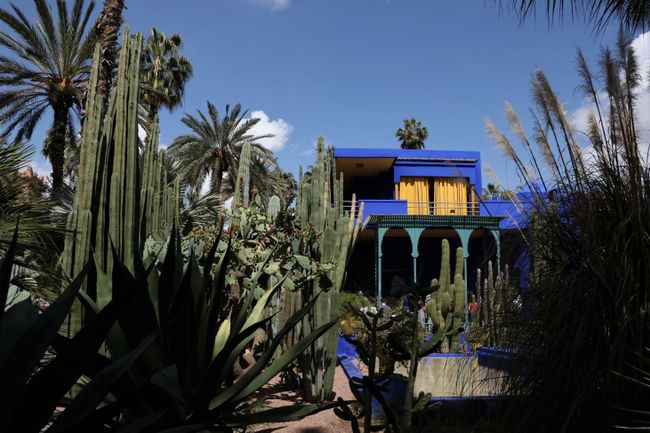
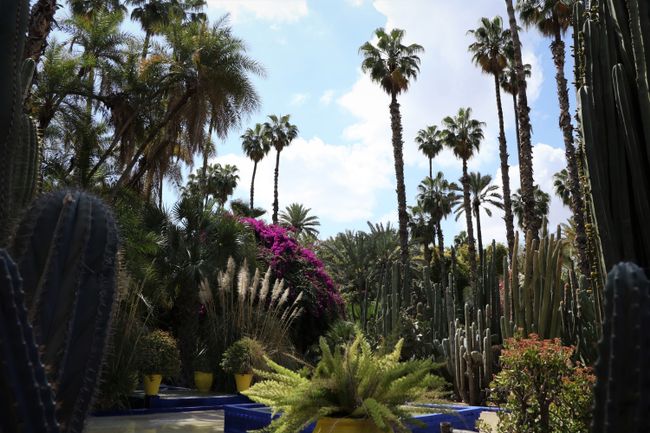
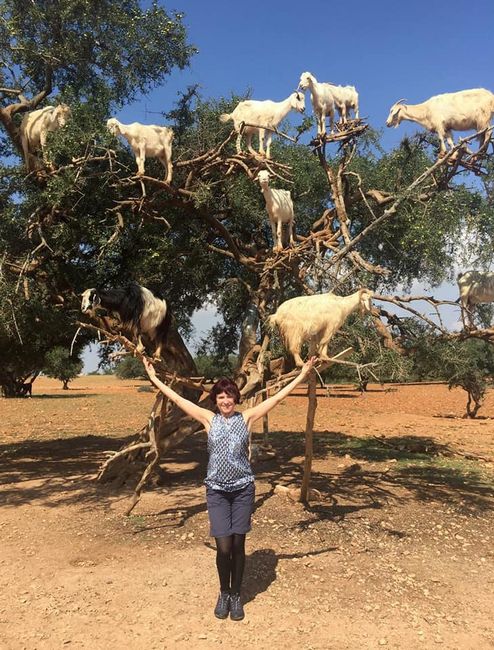
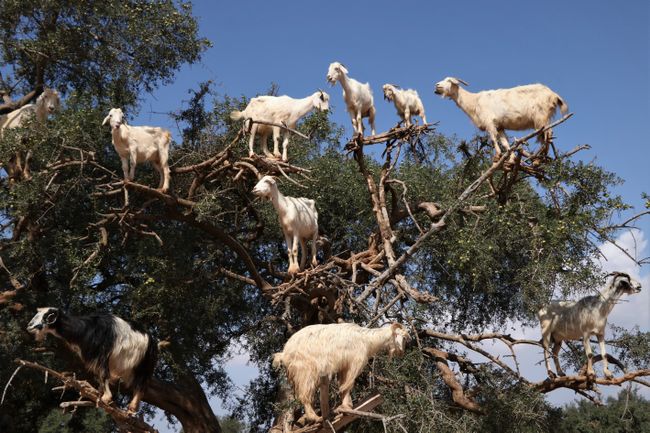
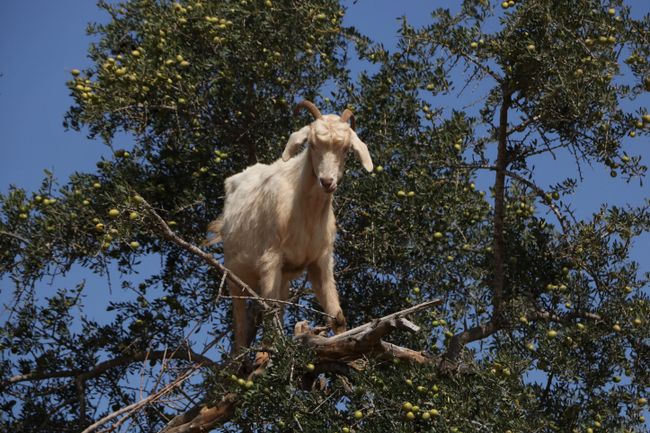
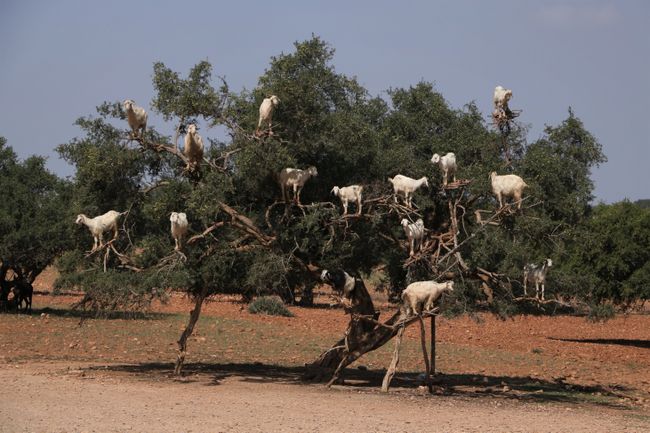
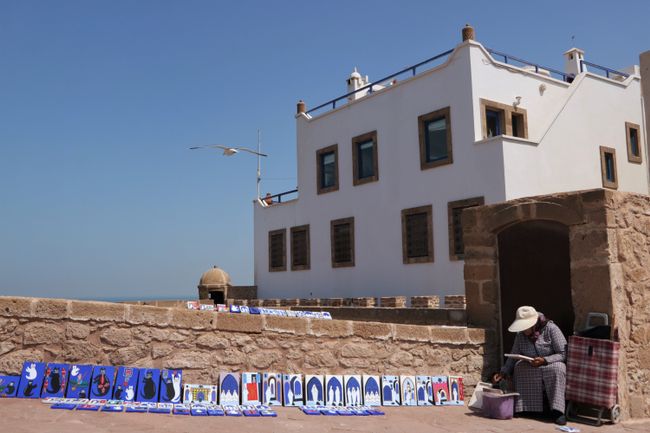
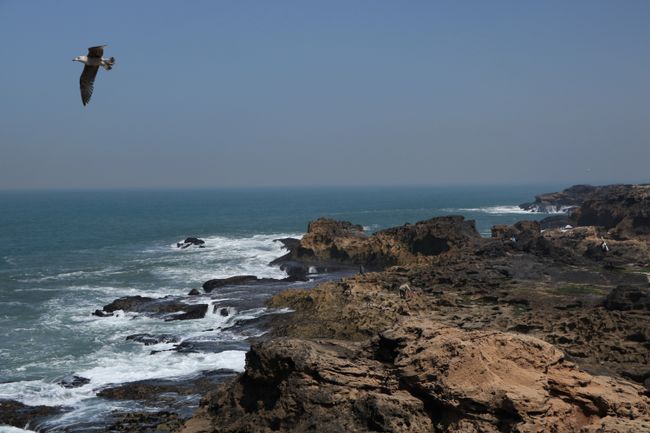
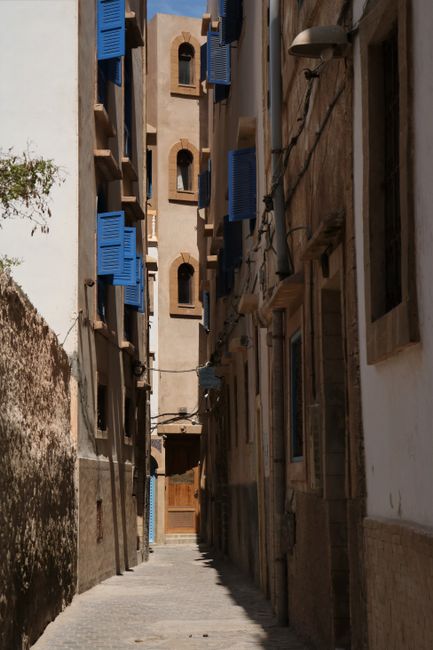
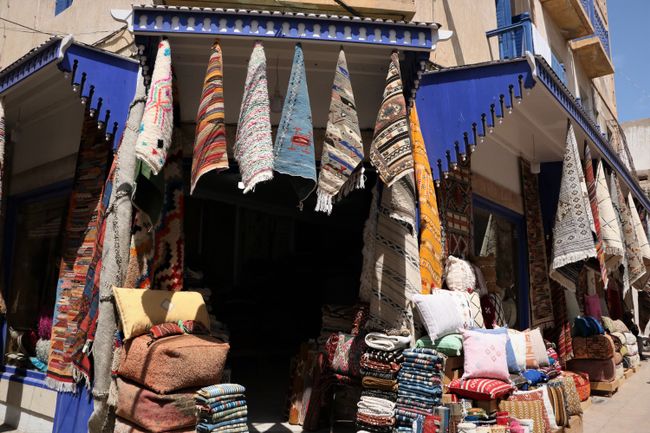
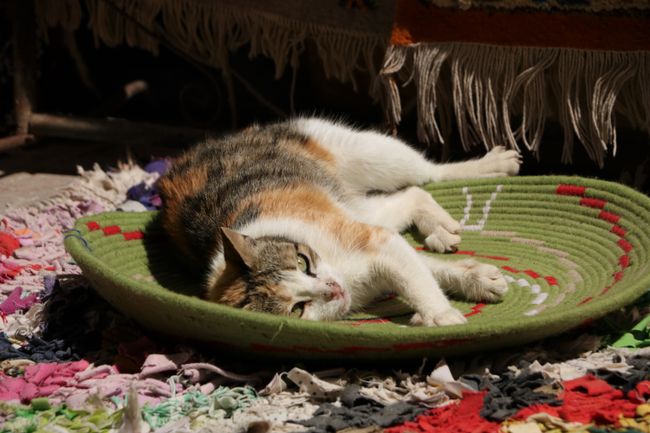
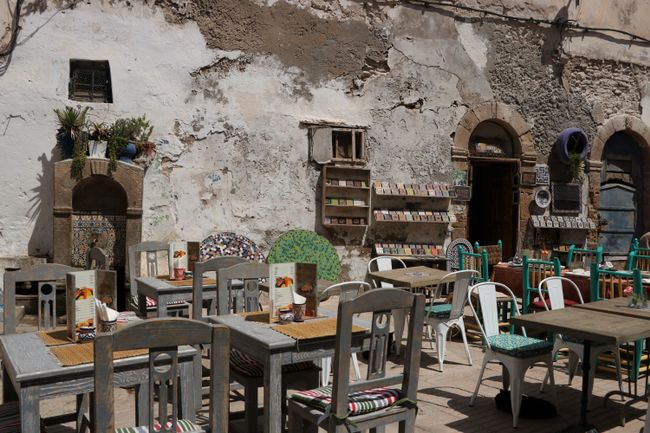
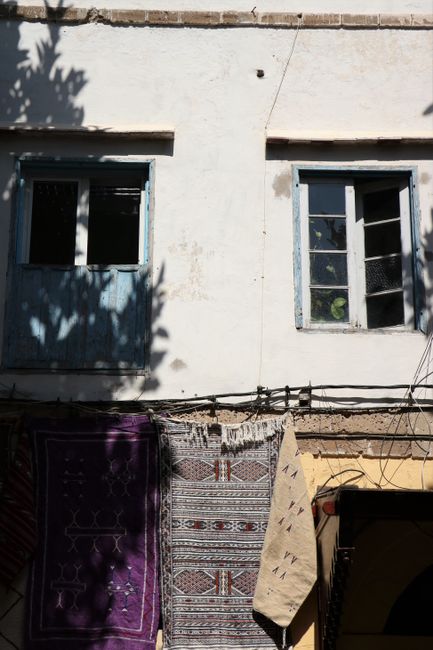
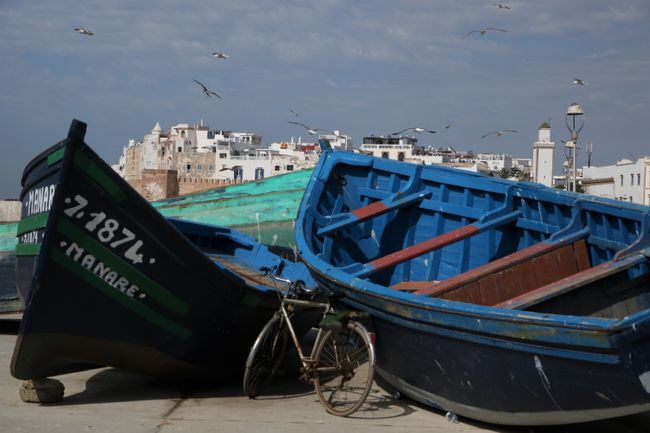
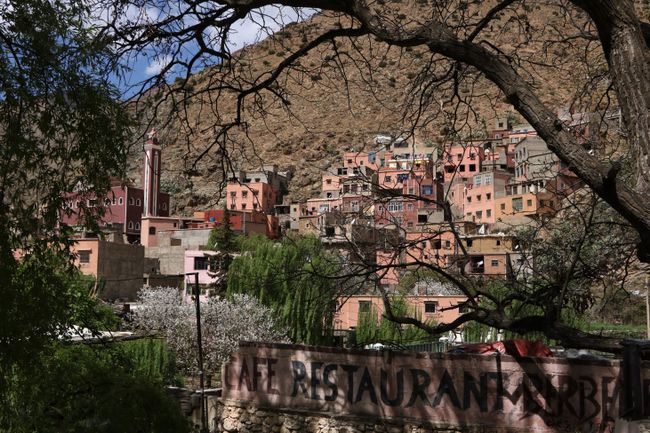
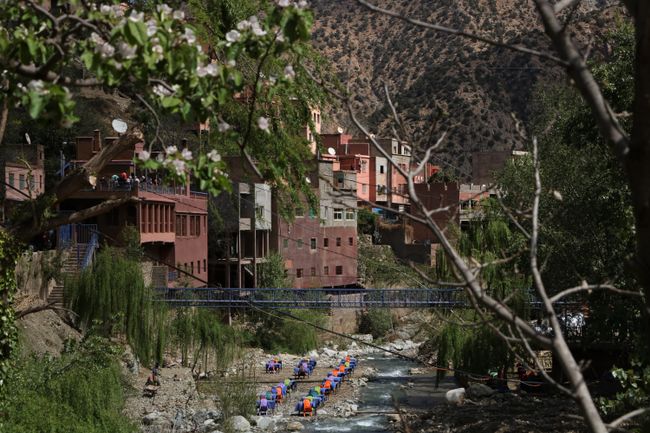
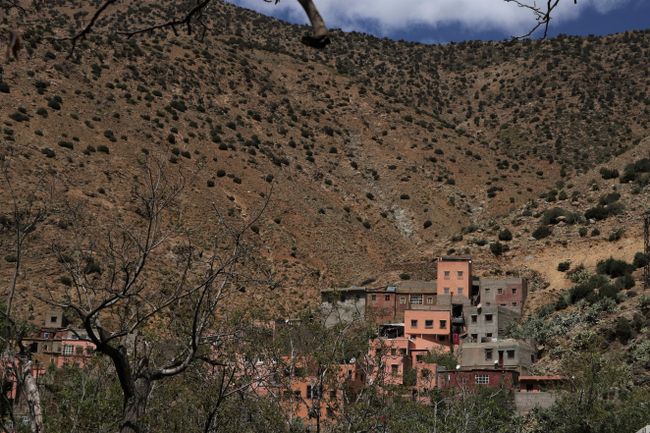
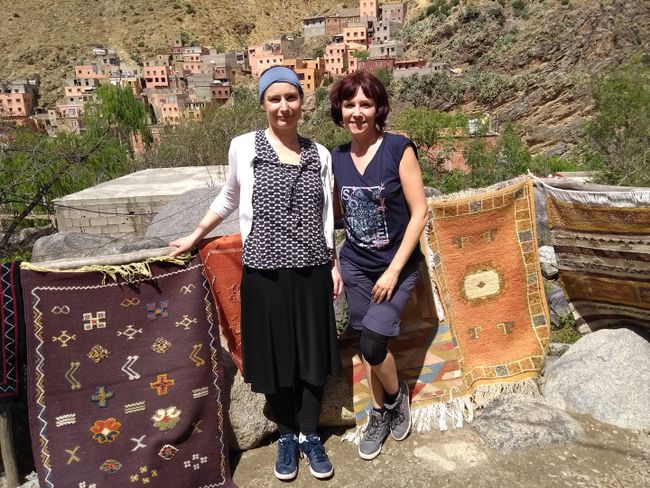
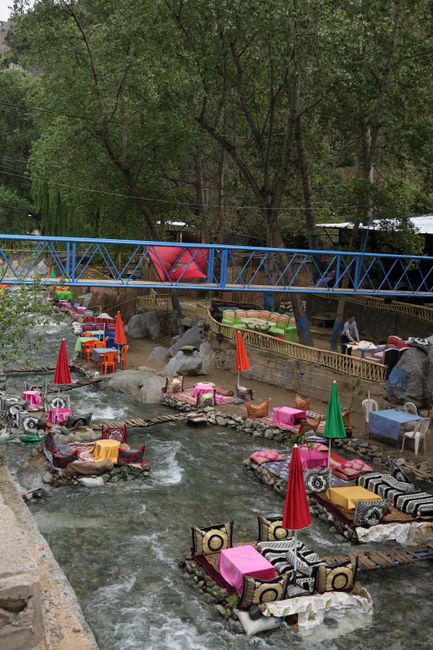
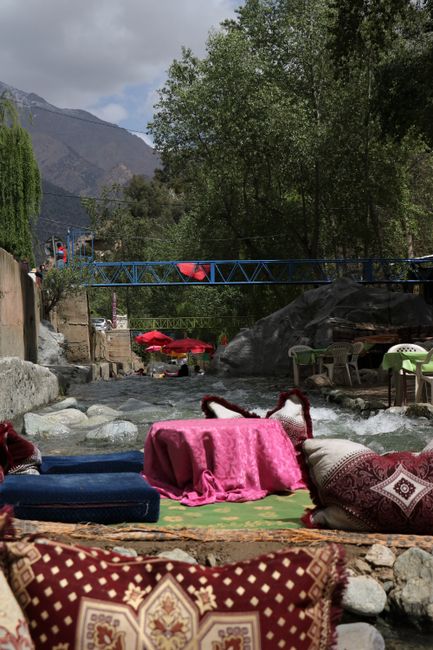
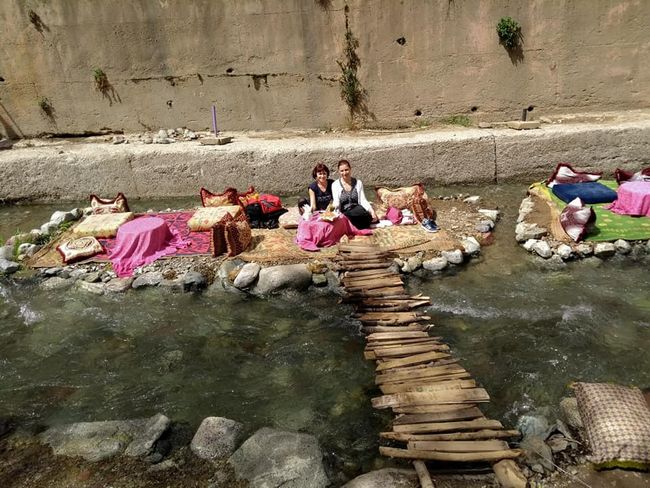
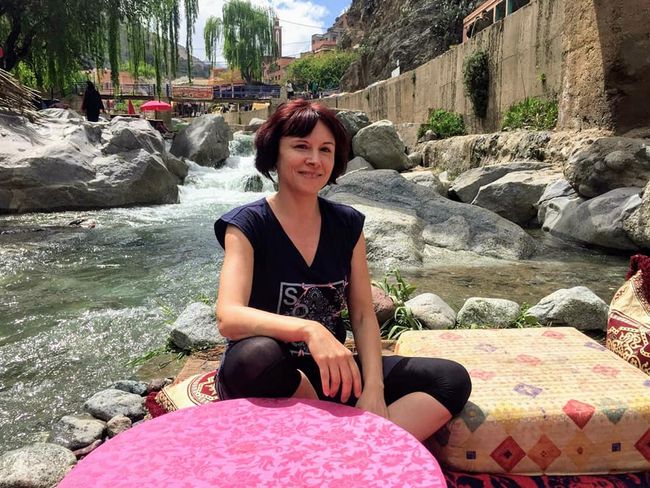
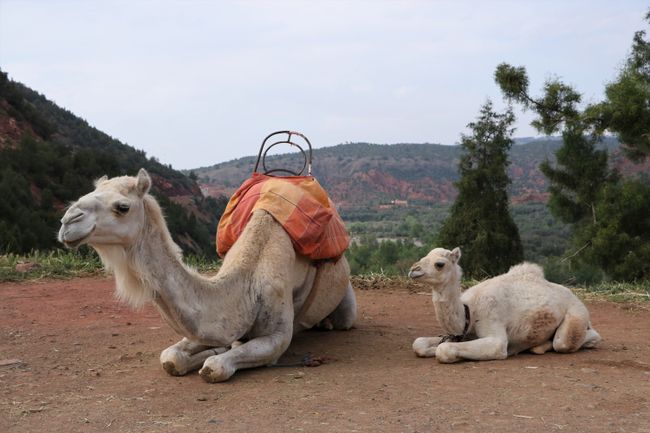
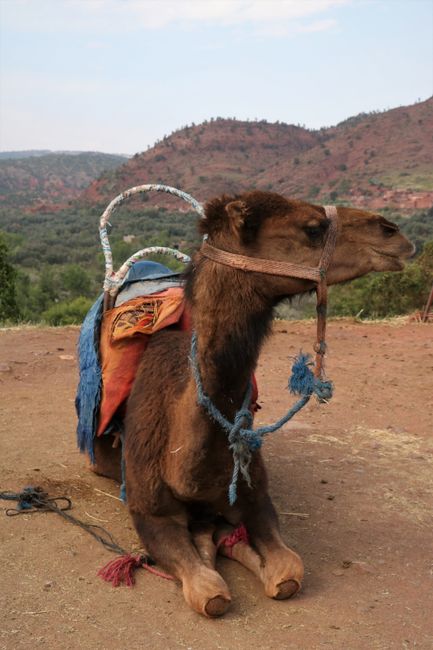
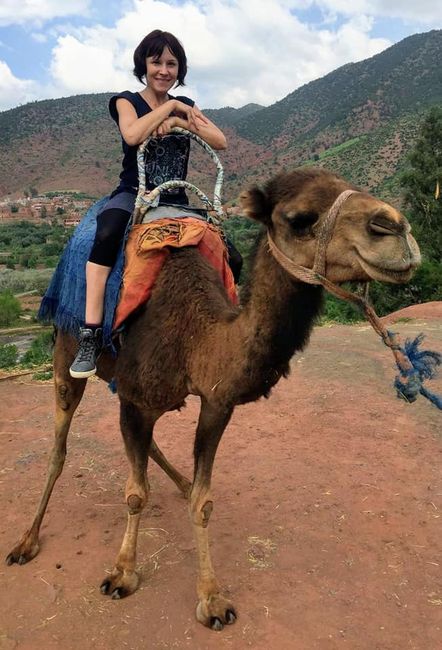
নিউজলেটাৰ চাবস্ক্ৰাইব কৰক
Diesmal we will be traveling to the southwest of Morocco, specifically to the city known as the"red pearl." We are talking about Marrakesh, located in the plain north of the High Atlas Mountains and one of the four royal cities of the country, along with Rabat, Meknes, and Fez.
With around 930,000 inhabitants, the city is colorful and lively. The traffic is chaotic, with donkey-drawn carts, roaring motorcycles, and cars with rolled-down windows driving side by side without any safety distance and at a brisk pace. The drivers shout jokes or insults at each other. The city center is a maze-like market, a labyrinth of colorful stalls where you can find everything from textiles, herbs, and beauty products to household items. Negotiating is definitely worth it, as prices usually halve within a few minutes. On the central square of Djemaa el Fna, you can find food stalls and all kinds of street performers. If you don't resist strongly enough, you may end up with a snake draped around your neck or a monkey on your shoulder, with someone immediately holding out their hat for compensation. You won't get away with less than 200 dirhams, or about 20 euros, even if the proximity to the animals is practically forced upon you.
When we leave the "souks," the commercial district with its countless market stalls, and try to orient ourselves towards the Royal Palace using our phone, a teenager appears and offers to show us the way. We let him lead us for a few steps, but after a few meters, two more teenagers appear who also want to show us the route. After about 5 minutes, we are surrounded by young men who all want to accompany us. We start to feel uncomfortable and clearly express that we will find the way on our own, but it takes a long time before we can get rid of our "helpers," who were probably hoping for a good tip.
But that is the only situation that makes us feel uncomfortable. Otherwise, we move around Marrakesh safely and visit, among other things, the El Badi Palace and the Koutoubia Mosque (from the outside).
After two days in Marrakesh, we book two day trips for the remaining time in the country: first to Essaouira on the Moroccan Atlantic coast, and the next day to a Berber village in the mountains.
We reach Essaouira after about four hours, even though we were promised two and a half. This is because we stop three times along the way: at a rest stop where our chauffeur disappears for over 30 minutes, as well as at a shop selling Argan oil products. Of course, we are encouraged to go shopping. After another stop, where we can take pictures of goats in Argan trees for a donation, we finally reach the beautiful port city.
Essaouira was built by the Portuguese and was originally called Mogador. The so-called "white city" is surrounded by a completely preserved city wall and is considered one of the most beautiful in the entire country. The old town seems much more peaceful than Marrakesh and has an atypical, almost symmetrical layout with straight streets. In 2001, this enchanting town was recognized as a UNESCO World Heritage Site. After a leisurely stroll through the narrow streets, a tajine with vegetables (a typical Moroccan dish prepared in a clay pot), and half an hour of sunbathing on the beach (where I attract the attention of three boys around the age of 10, who throw pebbles at me and shout "kisses"), we drive back to Marrakesh.
The next day, we head to the Ourika Valley in the mountains southeast of Marrakesh. When we booked the day trip, we were promised breakfast with a Berber family, a 20-minute camel ride, and a guided tour to the Asgaour Waterfalls. After about two hours, we have to stop because the engine of our minibus overheats. After another hour of driving upwards, we arrive in Setti Fatma, a mountain village in the foothills of the High Atlas Mountains. Here, a tour guide approaches us and offers to take us to the 3 waterfalls nearby for 3 euros per person. Our group of about 10 people complains unanimously, as the guided tour to the waterfalls was promised to us as an inclusive service when we booked our trip. We also inquire about the skipped breakfast with the Berber family and the 20-minute camel ride, but our driver seems to know nothing about it. Finally, a local approaches us and suggests accompanying us to the waterfalls for a small tip. It takes us about 2 hours for the round trip, and we only get to see one of the 3 waterfalls. At least the view is beautiful, and along the way, we can learn about Berber craftsmanship. The highlight of this day for me is a late lunch in a riverbed in Setti Fatma. And then, on the way back, our driver suddenly feels guilty and stops for a photo stop with some camels on the side of the road. Better than nothing.
Yes, tourists in Marrakesh are quickly scammed with various tricks and empty promises. However, it is definitely worth visiting the former royal city and its surroundings. It is such a foreign world that it is surprisingly easy to switch off from work. In addition, most locals are very hospitable (the hosts in our riad always offer us a mint tea when we return from our excursion), and the culinary specialties are not only healthy (except for the overly sweet desserts) but also delicious! :-)
নিউজলেটাৰ চাবস্ক্ৰাইব কৰক
উত্তৰ (1)
Gerrit
Hi Ildiko, schöne Bilder, ich hoffe es gibt bald wieder mehr davon! LG G.